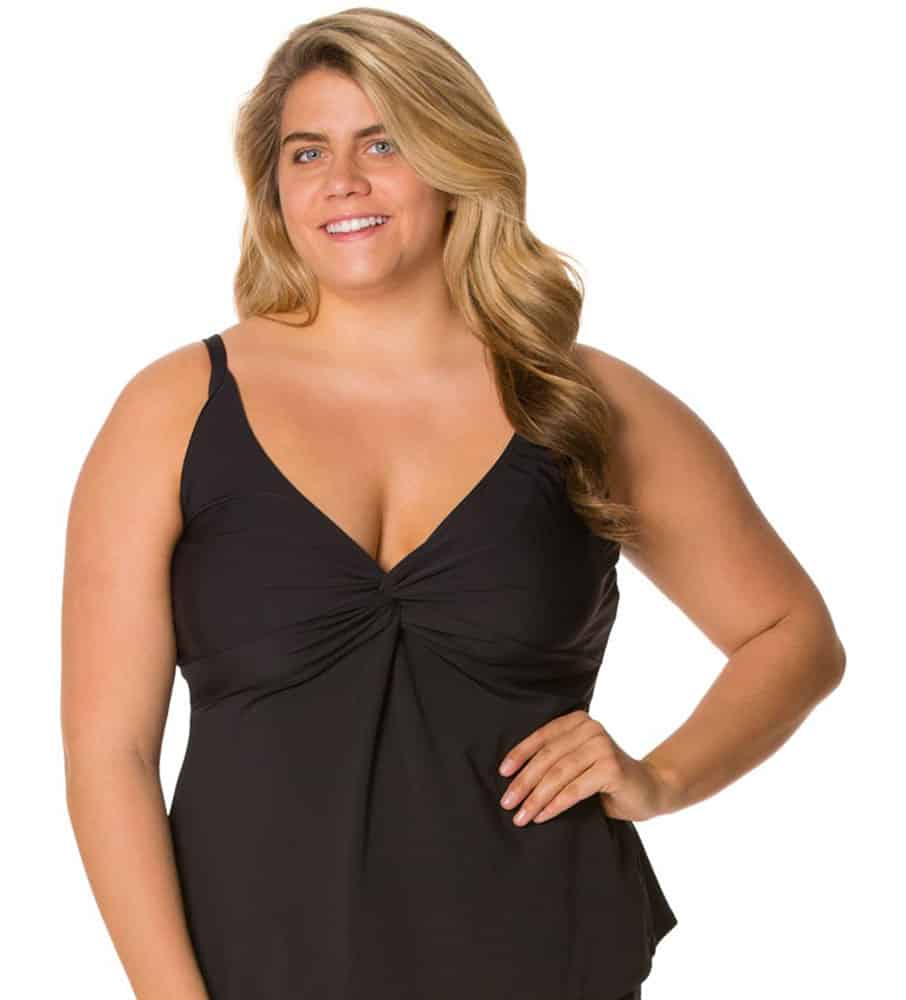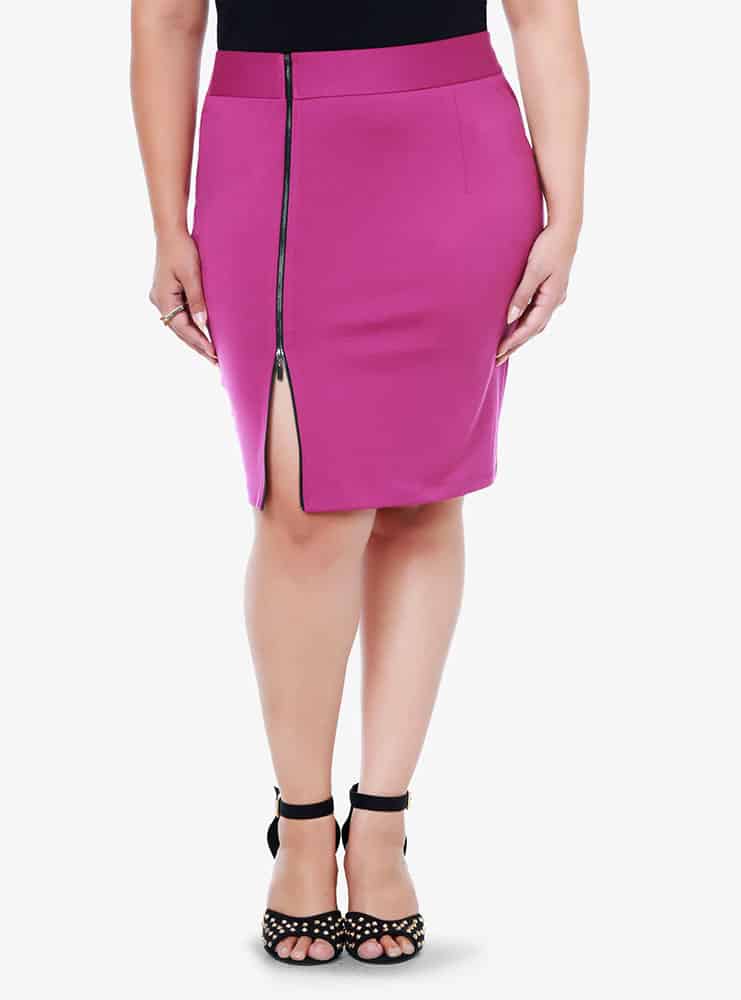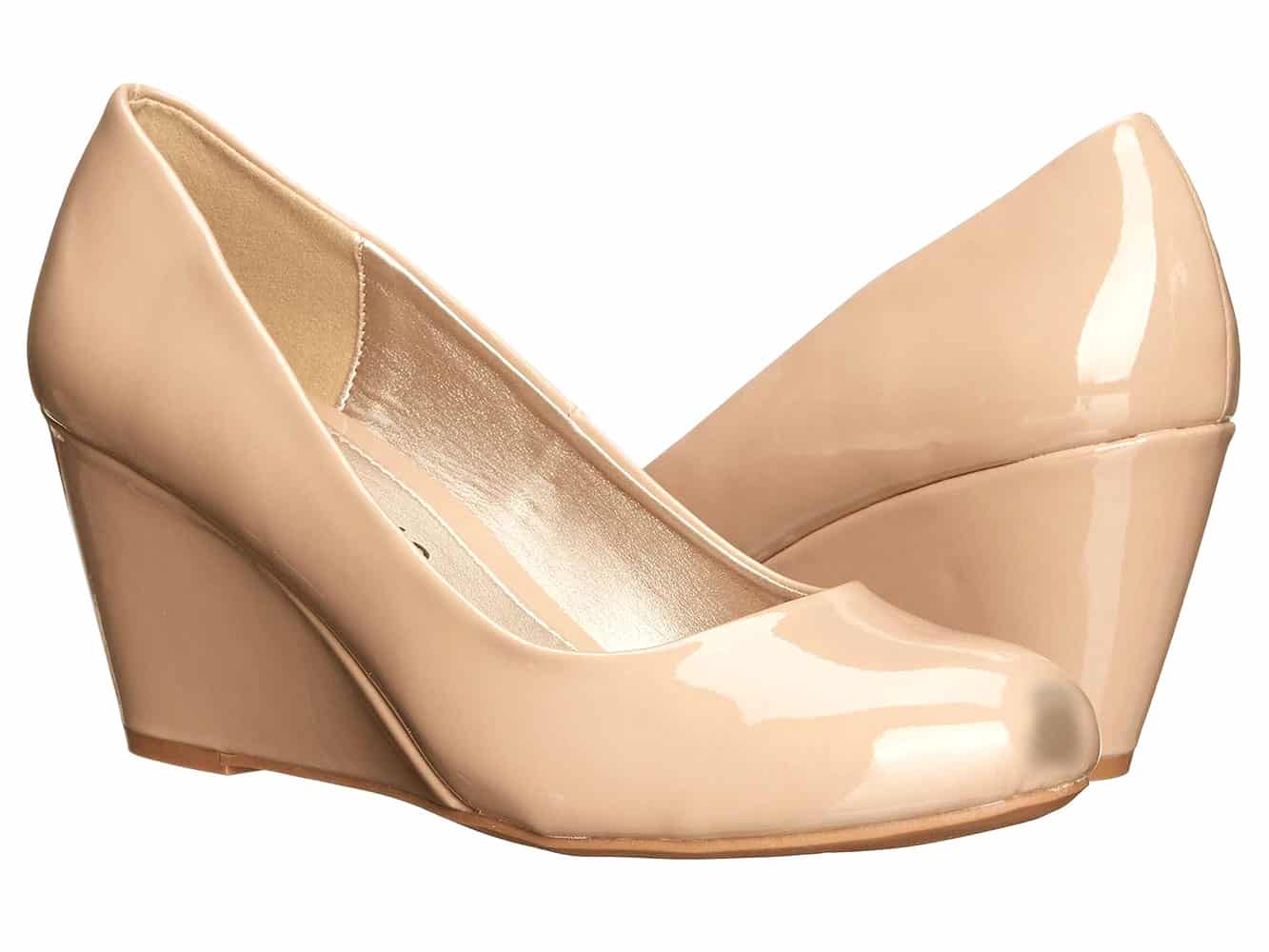No matter how carefully you might take care of your clothes and accessories, there will always be something that comes along to ruin your favorite fashion pieces. We did some research, and have collected a list of common fashion-related problems that people wanted “quick fix” advice on.
Let’s start with a few that many of you have encountered before:
Contents
Problem: Sweat stains
Solution: If you get a chance to change before sweat has a chance to dry, then quickly rinse your clothing in cold water with a little soap or detergent.
If the sweat has dried, soak your clothes in warm water with half a cup of white vinegar. After about an hour, wring out and apply baking soda on the sweat stained area. Keep the baking soda on for another hour, then wash as normal.
Prevention: The most common reason for yellow sweat stains is the reaction between sweat bacteria with aluminum in deodorants. One option is to use aluminum free deodorants.
Another option is to try underarm pads that fit discreetly under your tops. They absorb any underarm sweat and save your clothes from stains. You can find disposable or reusable ones here.
Problem: Small holes or tears
Solution: Sometimes a small hole or tear isn’t noticeable, but can become a real problem if it starts to get bigger. The best solution is to darn it. Darning is a stitch style that essentially weaves thread over holes and tears, to make them look seamless with the rest of the fabric.
If you don’t have time to darn the tear, an effective solution is fabric glue. Flatten the tear and add a small amount of glue along the gap. Make sure to separate the fabric layers to prevent them from accidentally sticking to each other.
Another method that many will remember from childhood, is the use of patches. Check out how to patch up clothing in a chic modern way here at Design Sponge.

Problem: Straps are too long
Solution: Wide straps will often have a seam right at the top of the shoulders. The easiest way to shorten these straps is by measuring how much you have to shorten, then sewing a new seam, and cutting off the old one. Spaghetti straps will have to be cut at the back (close to the top), shortened to the desired length, then sewn back along the seam.
If you are not confident with sewing, a very quick and easy solution is to pinch the strap at the top, fold it over and pin it shorter. To cover the pin, tie a bow with ribbon. Another alternative is to tie a knot at the top of the shoulders. This will shorten the straps, and add extra detail to your top.
Problem: Clothes are too loose
Solution: If you have clothing made from natural materials (wool, cashmere, cotton, hemp, linen, and silk), the first thing you can try is shrinking them with a hot wash. Wash clothing in hot water without softener, then tumble dry on high.
Another option is to take your clothes to an alterationist so they can perfectly fit each piece to your body, or turn them into something else. An oversized top can become a skirt, an old maxi can become a short dress, and more.
If you really want to wear something, but don’t have the time or energy to shrink or alter it, there are a few quick and easy things you can do to make it work. If you have a top or dress that doesn’t show off your curves, add a belt or tie a sash around your waist to give you some great definition. If you have a skirt or pants that are too loose, pin at the waist (one pin at either side), and cover the waistline with a longer top or add a wide belt to hide the pleats.

Problem: Zipper is stuck
Solution: A quick and easy way to loosen a stuck zipper is by rubbing a candle over the entire zipper, especially over the area that’s stuck. Gently tug at the zipper to get it to move, then run the zipper along the waxed areas a few times to get it smooth. This method will also work by rubbing a graphite pencil, lip gloss, or even a bar of soap.
Problem: Clothes are too tight
Solution: If your clothing is a little tight, one way you can relax the fabric is by washing it in cold water with gentle detergent and softener. Once the wash is done, gently tug at the fabric in the areas that are snug, and lay flat to dry. This method will only work if the clothes are made of natural materials (wool, cashmere, cotton, hemp, linen, and silk).
You can also let out clothing by adding creative details like layers, ruffles, and inserts from contrasting fabrics. A tight top or sweater can be let out by cutting down the middle of the back of the top, then adding a section of fabric (silk and lace really add a nice feminine touch). Cut the fabric out like a triangle, so the fabric will create a flared look. The same can be done for skirts and pants that are snug at the waist. Simply cut a “v” shape out of the waist at the hip, and add extra fabric to widen the waist. Here is a great example with step-by-step photos.
If you don’t mind turning your clothes into something else, you can always DIY them into something new. A tight top or sweater can turn into a cardigan, tight pants and skirts can turn into leg warmers, arm warmers, or creative handbags.
Problem: Button thread unraveling
Solution: Reinforce the button by sewing it with new thread. You can either remove the existing thread that’s unraveling, or just sew new thread over the existing.
Prevention: If you would like to avoid having your buttons loosening or unraveling, seal the thread with clear nail polish or fabric glue. If you have the time, you can also reinforce your buttons with extra thread after the first wash.
Problem: Fabric is pilling
Solution: The best way to get rid of pills from fabric is by shaving them off with a fabric shaver, or by gently running a leg shaver along the grain. Both methods will remove the pills without damaging the fabric (just make sure you don’t press too hard!).
Prevention: Since shaving pills off fabric will weaken the fabric fibers over time, the best thing to do is try to prevent pills before they become a problem. Start by washing clothes inside out, in gentle cycles. Another option is to use gentle detergents, and placing clothes in mesh laundry bags (like these).

Problem: Dirt/scuff marks on shoes
Solution: There are several different ways to clean scuff marks from shoes. It really depends on the type of material the shoes are made of. Check out the list below to find out the best way to clean your shoes.
Leather – Start by brushing scuff marks out with a soft bristle shoe brush. Next, use a soft and slightly damp cloth to wipe away any dirt. It’s important not to get leather shoes too wet, and avoid drying them in the sun, or else it will ruin the color and finish.
Suede – A soft bristle brush like a toothbrush is generally the best way to clean suede shoes. First, make sure the shoes are dry. Gently brush against the grain, and then along the grain. If there are particularly stubborn scuff marks, use a clean eraser to rub them out, then brush clean with a soft bristle brush.
Canvas – Start by brushing shoes with a dry soft bristle brush. Dilute some dish soap with baking soda in cold water, and use the soft brush to gently brush the scuff marks or dirt out of the fabric. Blot with a damp cloth and allow to dry.
Patent – Dab a cotton ball in nail polish remover or a gentle cleaning agent (window cleaners are popular), and gently rub at the scuff marks. Take a soft cloth to wipe down the shoes. Repeat as necessary.
Prevention: The best way to prevent dirt marks from new shoes is to gently wipe them down with a dry cloth, and seal them with a weatherproof spray (great on suede, satin, and canvas), wax for leather shoes, or petroleum jelly for patent shoes.
Problem: Hem stitching is unraveling
Solution: A quick and easy fix for a hem is double-sided fabric tape. Stick some tape on the inside of the hem and smooth it out to give it a seamless look. Make sure any excess tape is cut out, or else it may stick to you. You can also get the same look from using iron-on hemming tape. You can find some here.
Another solution is to stitch the hem with a loose cross stitch. Make sure to make light shallow stitches, and check the front to make sure none of the stitches are very visible.
These are just a few of the most common fashion problems that many people have to deal with. If there are any that we have missed, comment below and we will collect your questions for the next round of quick fix tips.
